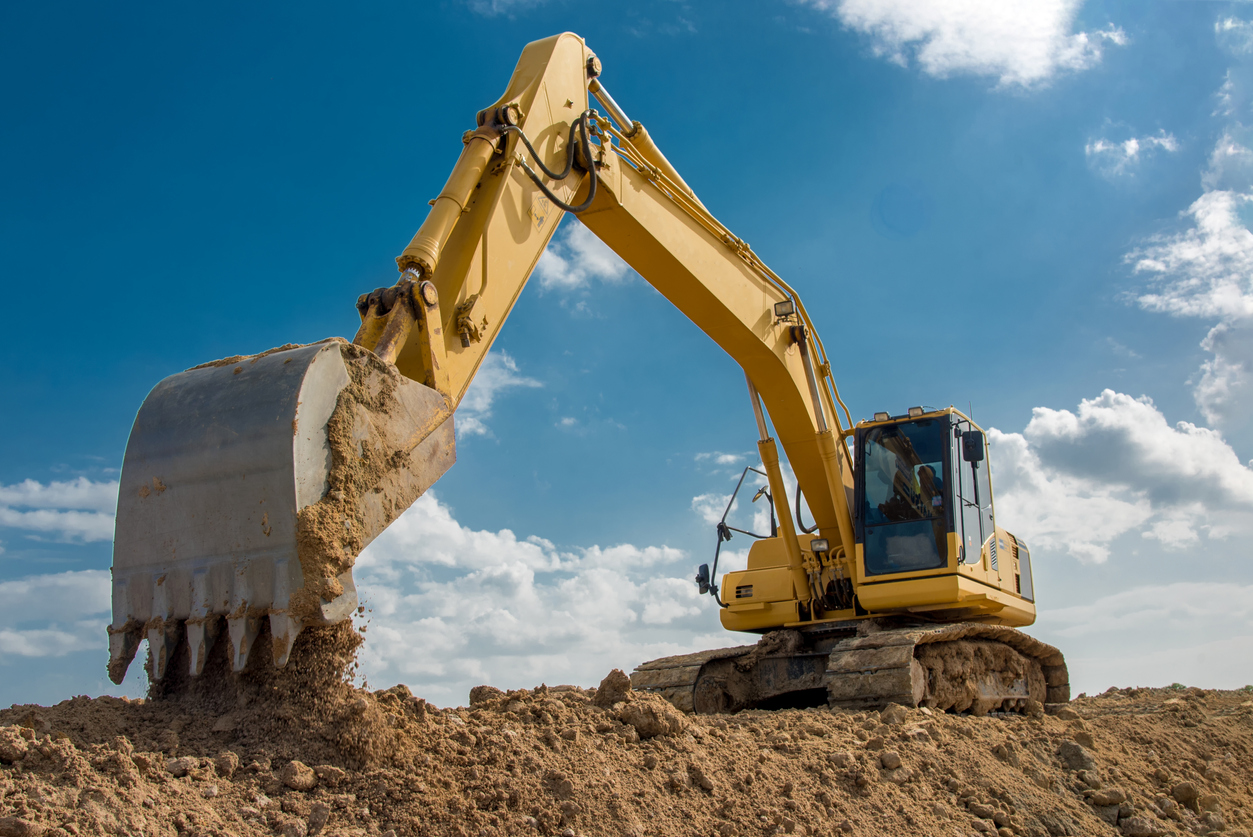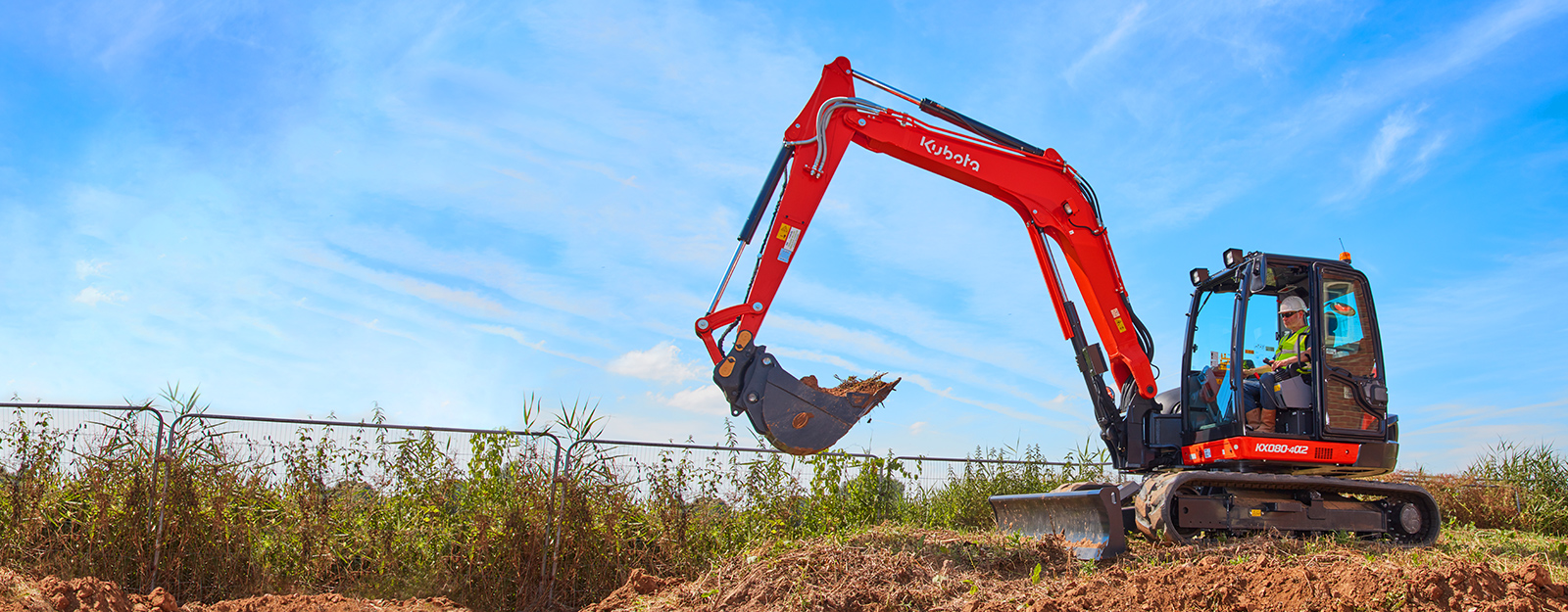Aerial Lift Rental for Construction and Maintenance Projects
Renting Out Vs. Purchasing Construction Equipment: Making the Right Option for Your Project
When getting started on a building and construction task, one of the crucial choices that forecast managers and stakeholders deal with is whether to acquire or lease building and construction equipment. The choice hinges on various variables such as cost considerations, task duration, tools upkeep, adaptability, scalability, and danger administration.
Price Factors To Consider
When evaluating the financial facet of renting out versus getting building tools, the in advance costs and long-term expenses need to be carefully considered. Renting tools commonly calls for lower first repayments compared to acquiring, making it an attractive choice for short-term jobs or specialists with budget constraints. Leasing eliminates the need for large resources investments and decreases the economic danger related to equipment ownership, such as maintenance and devaluation costs. Nevertheless, over time, consistently renting out equipment can collect higher expenses than purchasing, particularly for extensive projects.
On the various other hand, acquiring building equipment includes greater ahead of time prices however can result in long-lasting cost savings, specifically for frequent customers or long-lasting projects. Possessing equipment gives adaptability, convenience, and the capacity for resale worth once the task is finished. Furthermore, having equipment enables customization and experience with specific machinery, potentially raising effectiveness and efficiency on-site. Inevitably, the decision in between getting and renting construction tools depends upon the project's period, frequency of usage, budget plan factors to consider, and long-lasting financial goals.
Job Period

Conversely, for long-term jobs or recurring building and construction work, getting devices can be the extra cost-effective alternative. Purchasing devices can bring about cost savings in the future, specifically if the devices will certainly be often made use of. Additionally, owning tools supplies a feeling of control over its accessibility and enables modification to fit details project requirements.

Devices Maintenance
Given the crucial function job duration plays in identifying one of the most cost-effective method in between purchasing and renting out building equipment, the focus now shifts in the direction of analyzing the vital element of tools maintenance. Correct upkeep is critical for ensuring the optimal efficiency and long life of building and construction devices. Renting out devices typically includes the benefit of having actually well-kept equipment provided by the rental firm. This can alleviate the burden of upkeep tasks from the job owner or specialist, conserving effort and time. On the various other hand, possessing devices requires a positive approach to upkeep to stop breakdowns, ensure safety, and expand the tools's lifespan. Regular inspections, maintenance, and timely fixings are necessary to keep owned tools in leading working condition. Consider upkeep expenses when determining in between buying and renting, as overlooking maintenance can cause costly repairs, downtime, and project hold-ups. Eventually, a well-kept building and construction equipment fleet, whether rented out or possessed, is essential for the effective and efficient conclusion of building and construction projects.
Adaptability and Scalability
In the realm of building and construction tools monitoring, the element of flexibility and scalability holds significant significance for job effectiveness and resource use. Opting to rent construction devices provides a high degree of adaptability as it allows for the fast modification of tools types and quantities based on the advancing requirements of a project.
Leasing building and construction tools provides the benefit of quickly scaling procedures up or down as task needs fluctuate. Contractors can quickly exchange or add equipment to match the project's altering needs without the restrictions of having assets that may become underutilized or obsolete.
Risk Monitoring
Effective danger management in construction equipment procedures is paramount to making sure task success and mitigating possible financial losses. Construction jobs naturally entail various dangers, such as devices break downs, accidents, and project hold-ups, which can significantly influence the project timeline and budget plan. By thoroughly considering the threats related to owning or renting building tools, job supervisors can make informed decisions to minimize these prospective hazards.
Renting out construction equipment can offer a level of danger reduction by moving the obligation of upkeep and repair services to the rental company. This can minimize the financial problem on the job proprietor in situation of unexpected equipment failings (rental company near me). In addition, leasing offers the flexibility to gain access to customized tools for particular task phases, reducing the danger of owning underutilized machinery
On the various other hand, owning construction tools offers a sense of control over its usage and maintenance. Nevertheless, this also implies bearing the complete responsibility for repair services, upkeep expenses, and devaluation, enhancing the financial threats connected with tools ownership. Cautious risk evaluation and factor to consider of factors such as task period, tools use, and upkeep needs are critical in establishing the most ideal alternative for efficient threat monitoring in building and construction jobs.
Conclusion
To conclude, when making a decision in between renting and purchasing building equipment, it is necessary to scissor lift rental consider cost, project duration, equipment upkeep, adaptability, danger, and scalability monitoring. Each factor plays a crucial role in determining one of the most appropriate choice for the job available. By carefully evaluating these aspects, project managers can make an informed decision that straightens with their budget, timeline, and total job objectives.
